Introduction
User-generated content (UGC) has become an integral part of modern marketing strategies. UGC refers to any type of content created by customers or users that promotes a brand or product. With the rise of social media, businesses have realized the power of UGC in building trust, increasing engagement, and expanding their reach.
In this blog post, we'll explore the benefits of leveraging user-generated content for your business, discuss the different types of UGC, and provide tips on how to encourage and use UGC in your marketing campaigns.
Also Read This: Show Me the Money: Earning Potential on Shutterstock Revealed
Benefits of Using UGC
Builds trust and credibility:
Customers are more likely to trust and make purchasing decisions based on UGC than brand-created content. UGC provides social proof and authenticates a brand's claims.
Increases engagement and reach:
UGC encourages customers to interact with a brand and share their experiences, leading to increased engagement and organic reach.
Saves time and resources:
UGC can save businesses time and money on content creation and can be repurposed across different marketing channels.
Provides valuable insights:
UGC can provide valuable insights into customer preferences, behaviors, and pain points, which can be used to improve products and services.
By leveraging UGC, businesses can create a more authentic and trustworthy brand image, increase customer engagement, and gain valuable insights into their audience.
[caption id="attachment_182806" align="alignnone" width="1500"] Benefits of Using UGC[/caption]
Benefits of Using UGC[/caption]
Also Read This: Using Imago Stock Videos for Marketing
Types of User-Generated Content
Social media posts: Customers often share their experiences with a brand on social media platforms like Instagram, Twitter, and Facebook, providing a rich source of UGC.
Reviews and ratings:
Reviews and ratings on websites like Yelp and Google My Business can serve as UGC that informs future customers about a brand's products or services.
Photos and videos:
Customers often share photos and videos of themselves using a brand's products, which can be used to showcase the product's features and benefits.
Blogs and articles:
Customers may write blog posts or articles about a brand or product, providing an in-depth and authentic perspective on the product or service.
By understanding the different types of UGC, businesses can identify opportunities to leverage UGC in their marketing campaigns and engage with customers in a more authentic and meaningful way.
[caption id="attachment_182807" align="alignnone" width="1500"]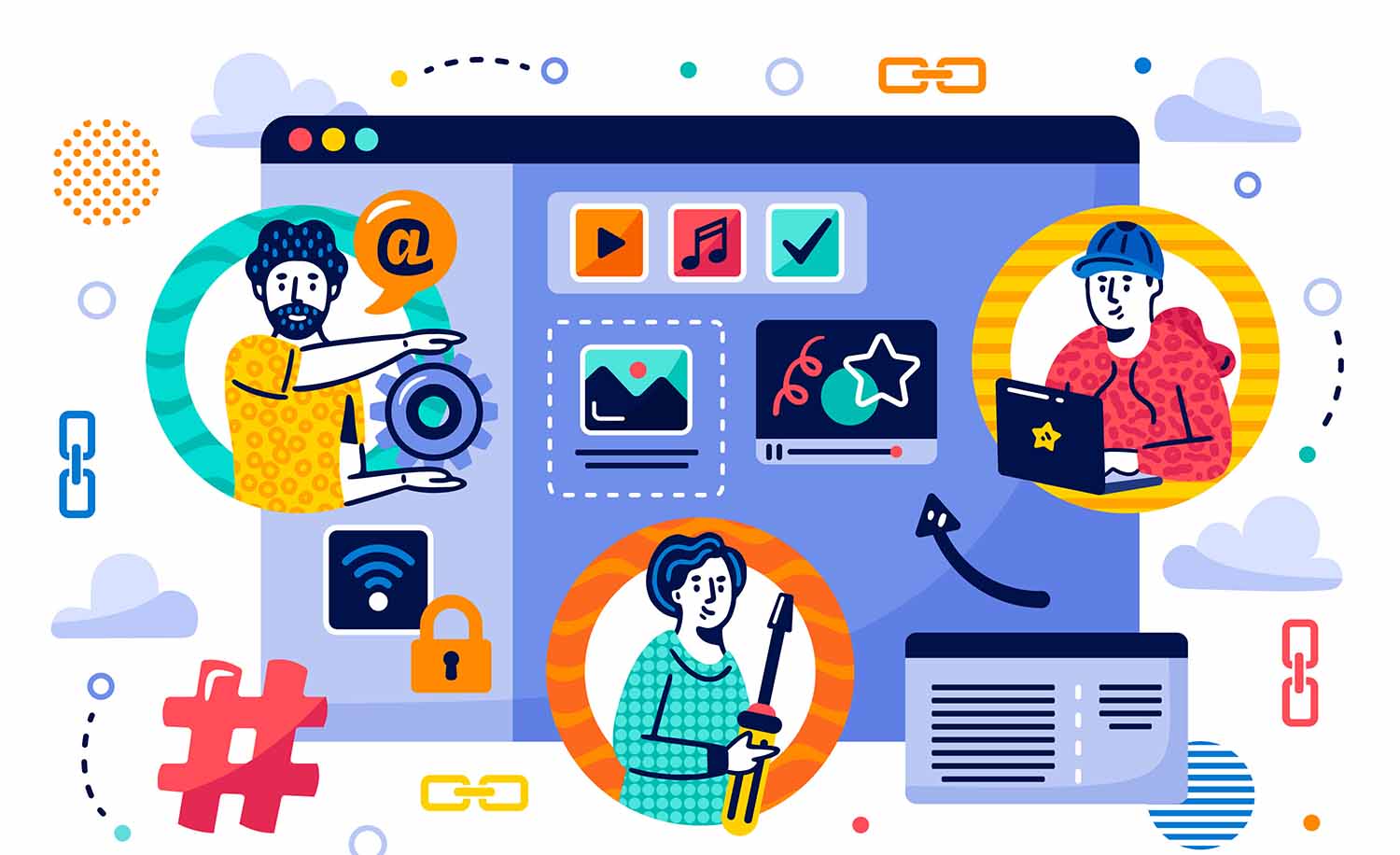 Types of User-Generated Content[/caption]
Types of User-Generated Content[/caption]
Also Read This: Picture Analytics: Can I See How Many Views My iStock Pictures Get?
How to Encourage User-Generated Content
Create shareable content:
To encourage UGC, businesses need to create content that is shareable and inspires customers to engage with their brand.
Run contests and promotions:
Running contests and promotions that require customers to create UGC can incentivize customers to engage with a brand and create content.
Highlight UGC:
By highlighting UGC on a brand's social media channels or website, businesses can encourage more customers to create and share content.
Use hashtags:
Using a branded hashtag can encourage customers to share their experiences and content on social media platforms, making it easier for businesses to curate and share UGC.
Ask for feedback:
Asking customers for feedback and suggestions can lead to valuable UGC that provides insight into customer preferences and pain points.
By implementing these strategies, businesses can encourage customers to create and share UGC, leading to increased engagement, brand awareness, and customer loyalty.
[caption id="attachment_182808" align="alignnone" width="1500"]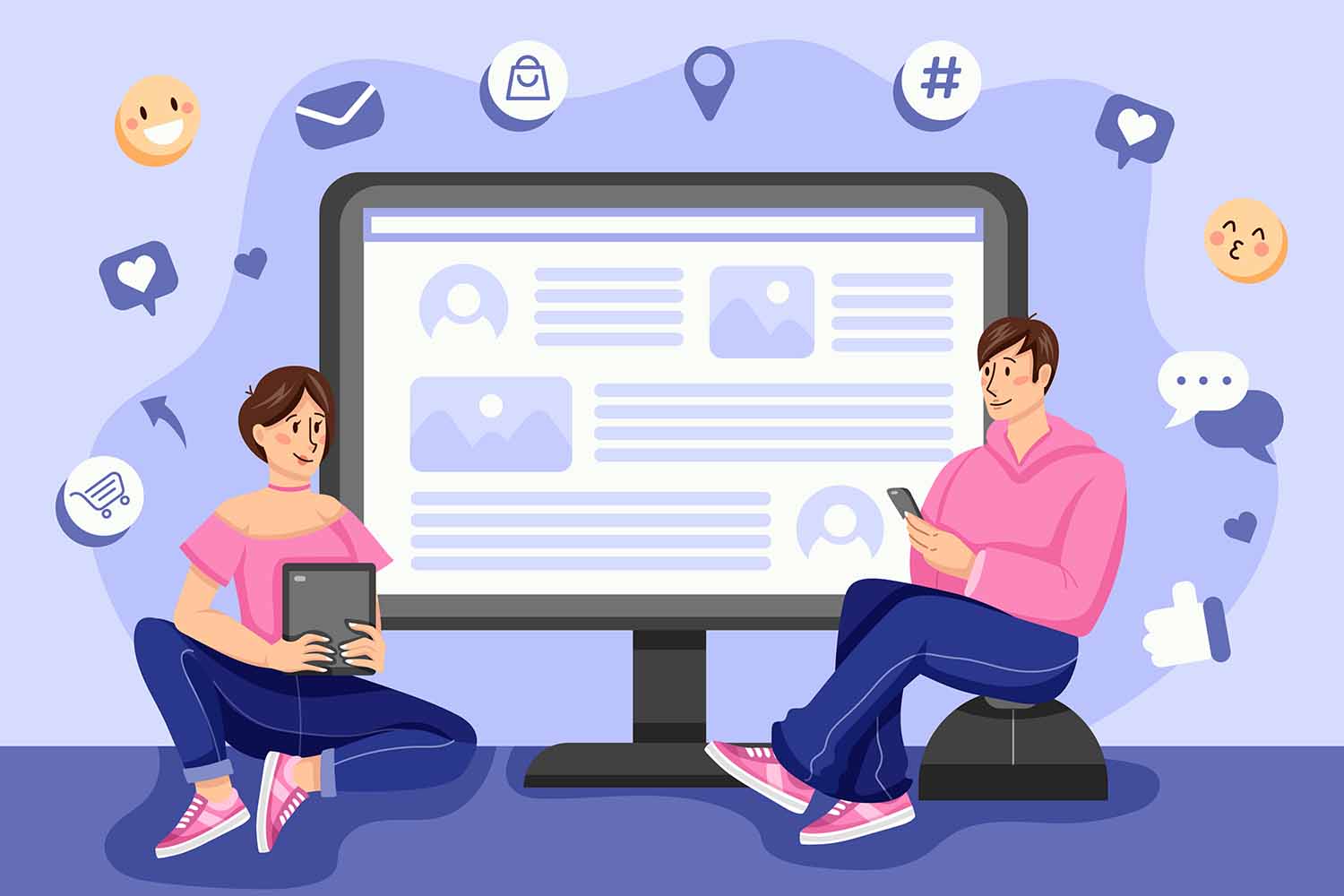 How to Encourage User-Generated Content[/caption]
How to Encourage User-Generated Content[/caption]
Also Read This: Enhancing Figma Designs with Flaticon Icons
How to Use User-Generated Content in Marketing
Share on social media:
Sharing UGC on social media channels can help to humanize a brand and provide social proof to potential customers.
Use in advertising:
Incorporating UGC into advertising campaigns can help to increase engagement and drive conversions.
Repurpose on website and blog:
UGC can be repurposed on a brand's website or blog to provide authentic content that showcases the brand's products or services.
Include in email marketing:
Incorporating UGC in email marketing campaigns can increase open rates and click-through rates.
Showcase in-store or at events:
Showcasing UGC in-store or at events can help to create a sense of community and encourage customers to engage with a brand.
By using UGC in marketing campaigns, businesses can create a more authentic and relatable brand image, increase engagement, and drive conversions.
[caption id="attachment_182809" align="alignnone" width="1500"]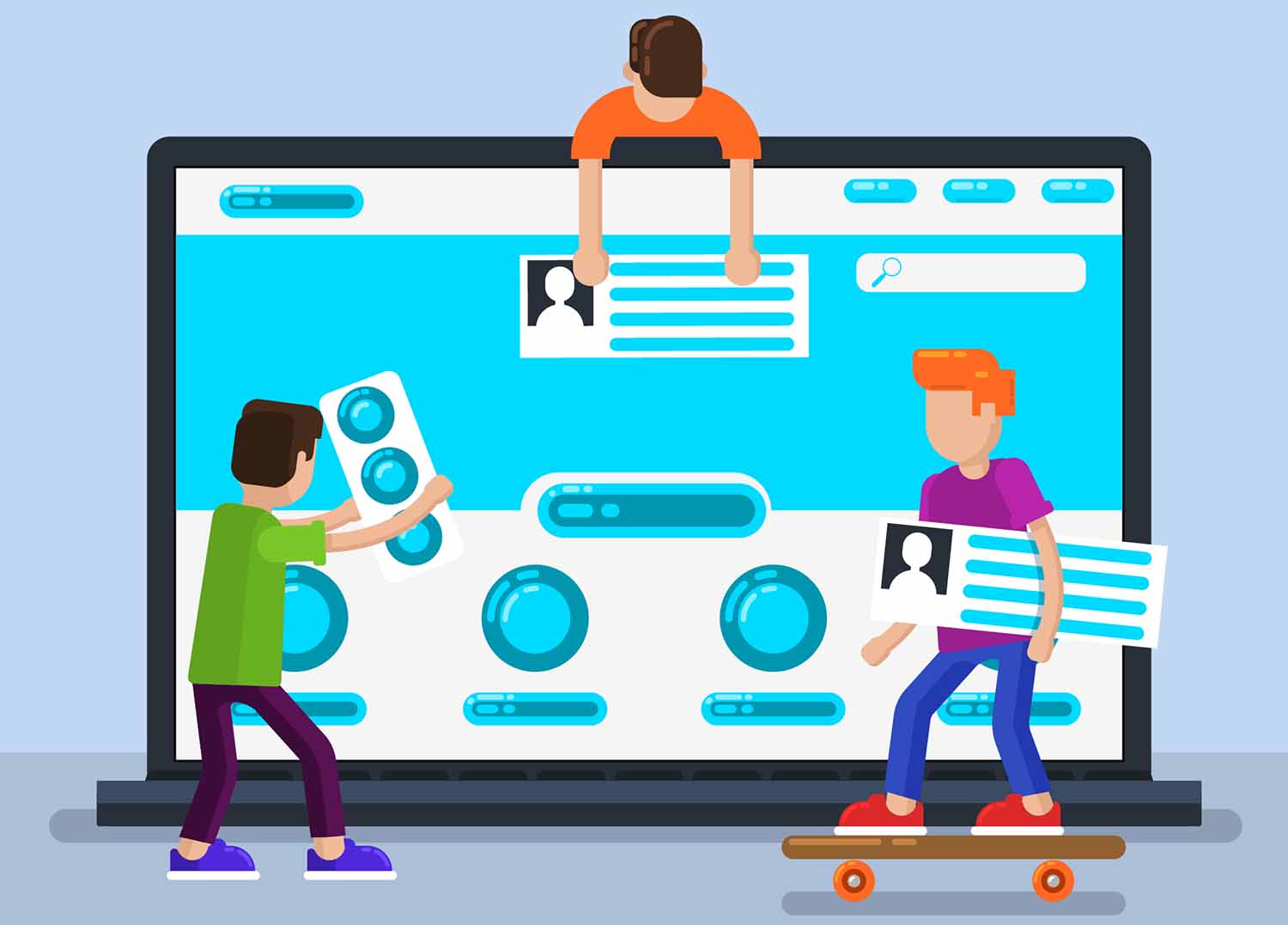 How to Use User-Generated Content in Marketing[/caption]
How to Use User-Generated Content in Marketing[/caption]
Also Read This: Unsubscribing from Depositphotos: Easy Steps
Best Practices for Using User-Generated Content
Get permission:
Always get permission from the customer before using their UGC, and make sure to credit them appropriately.
Monitor for inappropriate content:
Monitor UGC to ensure it aligns with a brand's values and standards, and remove any inappropriate or offensive content.
Be transparent:
Be transparent with customers about how their UGC will be used and ensure they understand the terms and conditions of using their content.
Provide value to customers:
Use UGC to provide value to customers by showcasing how a brand's products or services can solve their problems or meet their needs.
Stay engaged with customers:
Engage with customers who create UGC to build a relationship and encourage them to create more content in the future.
By following these best practices, businesses can use UGC effectively and ethically, while building a stronger relationship with their customers.
[caption id="attachment_182810" align="alignnone" width="1500"]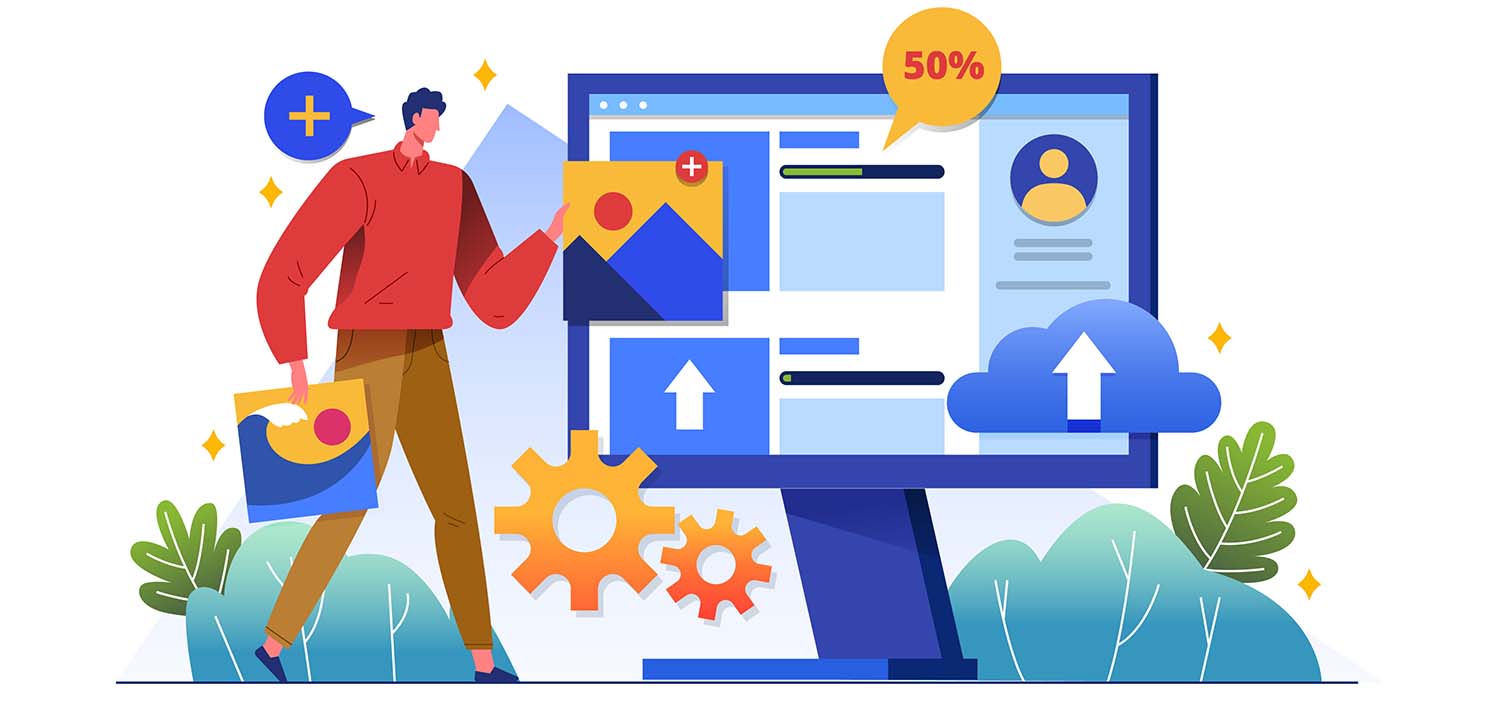 Best Practices for Using User-Generated Content[/caption]
Best Practices for Using User-Generated Content[/caption]
Also Read This: Shopify Sleuth: Explore Other Shopify Stores
Examples of Brands Leveraging User-Generated Content
GoPro:
GoPro encourages customers to share their videos and photos on social media using the hashtag #GoPro, which the company then features on its website and social media channels.
Starbucks:
Starbucks launched a "White Cup Contest" that encouraged customers to decorate their white cups and share their designs on social media. The winning design was then used on a limited-edition Starbucks cup.
Airbnb:
Airbnb uses UGC to showcase real experiences and destinations, highlighting the unique properties and experiences available through the platform.
Coca-Cola:
Coca-Cola launched a "Share a Coke" campaign that encouraged customers to share photos of themselves with personalized Coca-Cola bottles on social media. The campaign generated over 500,000 photos and increased sales by 2%.
Glossier:
Glossier's Instagram account features UGC from customers who use their makeup and skincare products, showcasing the brand's products in real-life situations and helping to build a community around the brand.
These brands have successfully leveraged UGC to increase engagement, build brand awareness, and drive sales, showcasing the effectiveness of incorporating UGC into marketing strategies.
[caption id="attachment_182811" align="alignnone" width="1500"]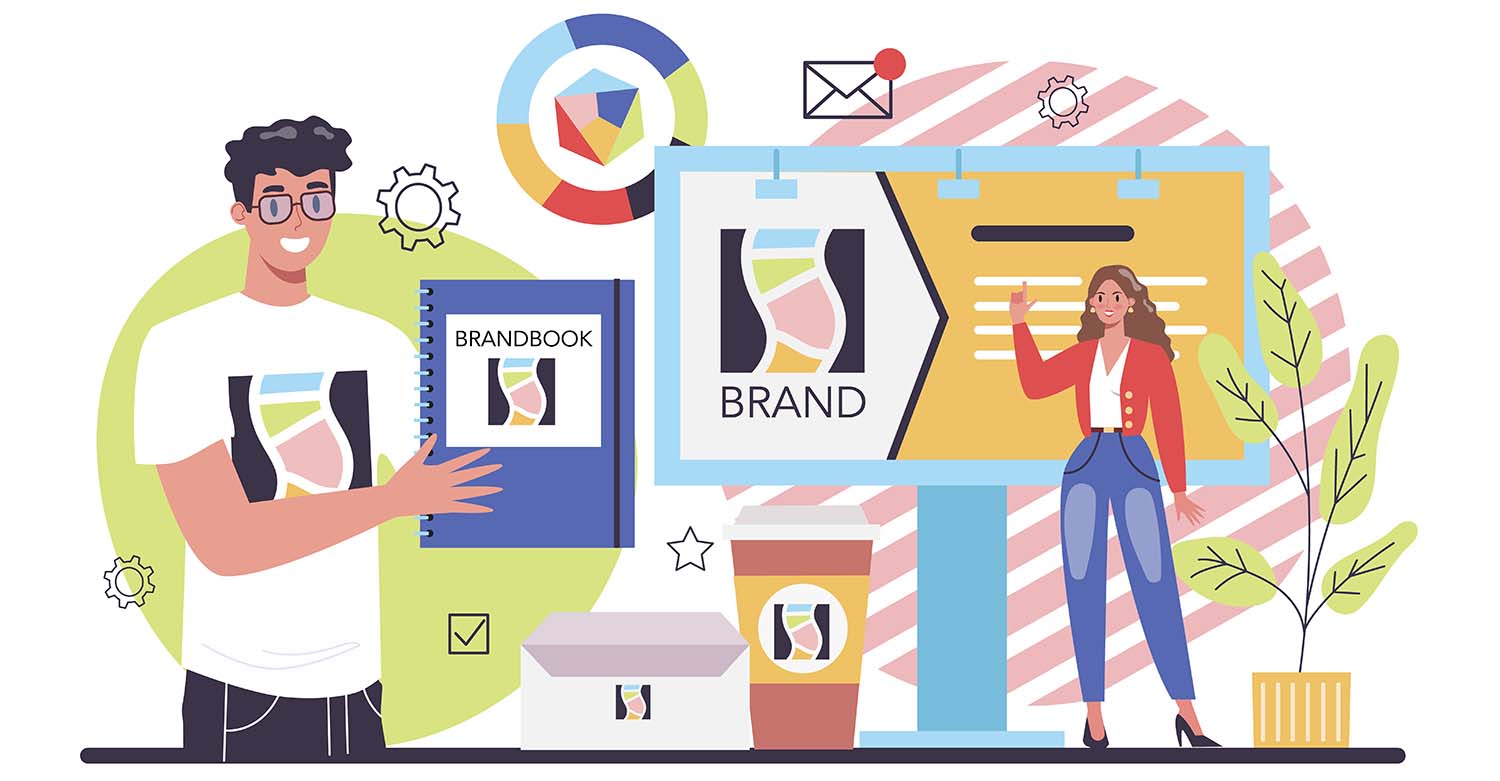 Examples of Brands Leveraging User-Generated Content[/caption]
Examples of Brands Leveraging User-Generated Content[/caption]
Also Read This: Editing Text with 123RF: Simple Steps
Pros & Cons
| Pros | Cons |
|---|---|
| Provides social proof and credibility | Not all UGC may align with your brand's values |
| Inexpensive way to generate content | UGC may not always be of high quality or relevance |
| Increases engagement with customers | Requires monitoring and management to ensure appropriate use |
| Can help build a loyal following | Requires permission and appropriate credit for use |
| Offers a variety of content types | May require legal considerations and compliance with regulations |
"User-generated content can be a powerful tool for building brand loyalty and engagement, but it requires careful management to ensure appropriate use and alignment with your brand's values."
Also Read This: Navigate Brilliance: Downloading from StockSnap.io
Conclusion
In conclusion, user-generated content can be a valuable asset for businesses looking to build a stronger relationship with their customers, increase engagement, and drive sales. By understanding the benefits of UGC, the types of content available, how to encourage customers to create content, and best practices for using UGC in marketing, businesses can effectively leverage the power of user-generated content.
With the right strategy in place, UGC can be an affordable and effective way to connect with customers and build a loyal following.
FAQs
What are the benefits of using user-generated content for my business?
Using user-generated content can help businesses build stronger relationships with their customers, increase engagement, and drive sales. UGC is an affordable way to showcase a brand's products or services in real-life situations, providing social proof and credibility.
What are some types of user-generated content?
Some types of user-generated content include customer reviews, social media posts, photos and videos, blog posts, and testimonials.
How can I encourage customers to create user-generated content?
Businesses can encourage customers to create UGC by offering incentives, hosting contests or giveaways, featuring customer stories, and creating a strong brand identity that customers want to be a part of.
How can I use user-generated content in my marketing?
Businesses can use UGC in their marketing by featuring it on their website and social media channels, using it in advertising campaigns, and incorporating it into product descriptions and packaging.
How can I ensure I am using user-generated content ethically?
To use UGC ethically, businesses should always get permission from the customer before using their content, credit them appropriately, and monitor content to ensure it aligns with the brand's values and standards. Additionally, businesses should be transparent with customers about how their UGC will be used and ensure they understand the terms and conditions of using their content.









































